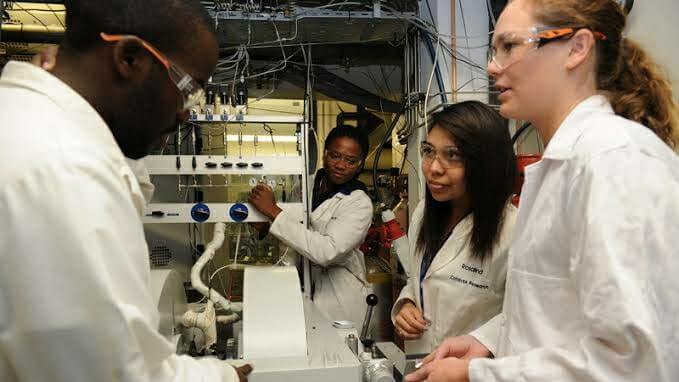Organic synthesis is a complex process that often involves substrates with multiple functional groups. When these functional groups interact or react in competitive ways, the synthesis can become problematic. For instance, the presence of both a ketone and an aldehyde group in the same molecule can be challenging, as they both react similarly with nucleophilic species like the Grignard reagent. Similarly, a molecule containing both alcohol and amine groups might also pose issues during synthesis.
So, how can these challenges be addressed? The solution lies in the strategic use of protecting groups, which are chemical groups introduced into a molecule to block the reactivity of a functional group. This process of blocking and later unblocking (deprotecting) the functional groups is a fundamental technique in organic synthesis.
Understanding Protection and Deprotection of Functional Groups
The concept of protection and deprotection revolves around the idea of temporarily masking a functional group to prevent it from interfering with a desired chemical reaction. This is particularly important when a reaction needs to be carried out selectively at one reactive site in a multifunctional compound.
For example, in the presence of both a ketone and an aldehyde in a molecule, the carbonyl group can be temporarily protected by converting it into an acetal or a ketal. This transformation prevents the carbonyl group from reacting with nucleophiles during subsequent steps of the synthesis.
Once the desired reaction has been carried out at another site in the molecule, the protected group is then “unmasked” or deprotected, reverting it to its original form. This approach is not limited to carbonyl groups; it applies to a wide range of functional groups, including alcohols, amines, and carboxylic acids.
Key Functional Groups Requiring Protection
Certain functional groups are more likely to cause reactivity problems during organic synthesis. These include:
- Alcohols: The acidic hydrogen of the O-H group can interfere with reactions, and so it is often protected by converting the alcohol into an ester, ether, or acetal.
- Ketones and Aldehydes: These groups are prone to nucleophilic acyl addition, so the carbonyl moiety is commonly protected by converting it into an acetal, ketal, thioacetal, thioketal, or hydrazone derivatives.
- Amines: The basic lone pairs of electrons in an amine group can interfere with reactions. These lone pairs are typically delocalized through conversion to an amide or sulfonamide, effectively protecting the amine group.
- Carboxylic Acids: These can be protected by converting them into esters or other derivatives that are less reactive under the reaction conditions.
Criteria for an Effective Protecting Group
Not all protecting groups are created equal, and choosing the right one depends on the specific requirements of the synthesis. A good protecting group should meet several criteria:
- Selectivity and Yield: It should react selectively with the target functional group, resulting in a high yield of the protected substrate. The protected group should be stable under the reaction conditions anticipated in the synthesis.
- Ease of Removal: The protecting group must be removable in high yield, using readily available, preferably non-toxic reagents. The removal process should not attack or alter the regenerated functional group.
- Simplicity and Stability: The protecting group should not introduce additional functionality that might complicate the synthesis. Ideally, it should form derivatives that do not create new stereogenic centers, which could complicate purification or lead to unwanted side reactions.
- Minimum Functionality: The protective group should add minimal complexity to the molecule, avoiding additional reactive sites.
Conclusion: Choosing the Right Protecting Group
There is no universally “best” protecting group—each synthesis requires a careful selection based on the specific reactants, reaction conditions, and functional groups involved. By understanding and applying the principles of protection and deprotection, chemists can navigate the complexities of organic synthesis, enabling the creation of complex molecules with precision and efficiency.
Whether you’re working with alcohols, ketones, aldehydes, amines, or carboxylic acids, mastering the use of protecting groups is crucial for successful organic synthesis.

